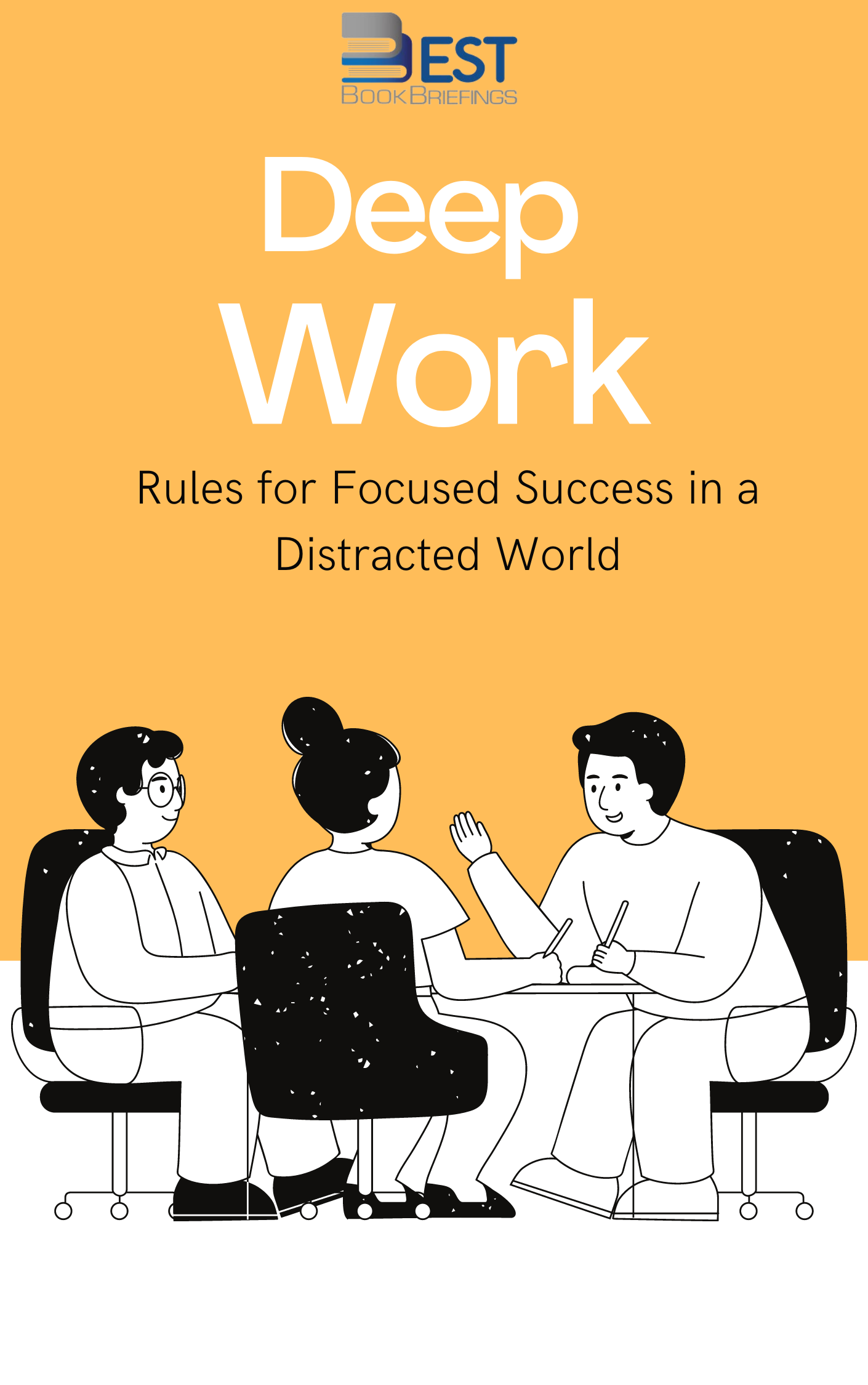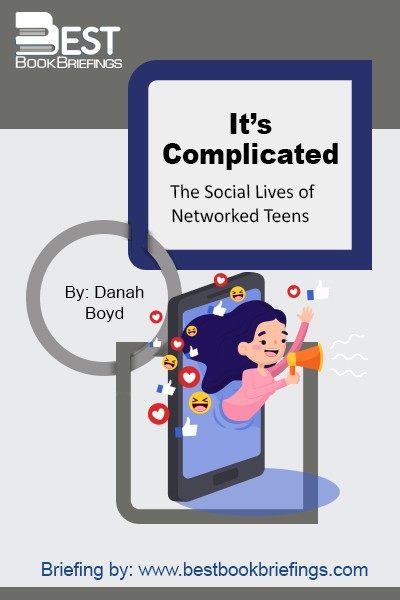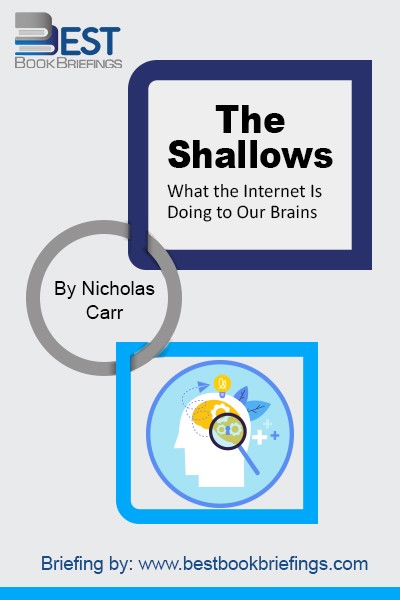The Shallows
What the Internet Is Doing to Our Brains
Number of pages: 280
Publisher: W. W. Norton & Company
BBB Library: Psychology and Strengths
ISBN: 9780393339758
Editorial Review
With The Shallows, a finalist for the 2011 Pulitzer Prize in nonfiction and a New York Times bestseller, Carr expands his argument into the most compelling exploration of the net’s intellectual and cultural consequences yet published. The Shallows is, writes Slate, “a Silent Spring for the literary mind.”
Book Reviews
Books on Related Topics

Deep work is the ability to focus without distraction on a cognitively demanding task. It's a skill that allows you to quickly master complicated information and produce better results in less time. Deep work will make you better at what you do and provide the sense of true fulfillment that comes

What is new about how teenagers communicate through services such as Facebook, Twitter, and Instagram? Do social media affect the quality of teens’ lives? In this eye-opening book, youth culture and technology expert danah boyd uncovers some of the major myths regarding teens' use of social media. She explores tropes about

The Distraction Addiction is packed with fascinating studies, compelling research, and crucial takeaways. Whether it’s breathing while Facebook refreshes (most of us don’t) or finding innovative approaches for reclaiming a few hours from the digital crush, this book is about the ways to tune in without tuning out. It is a

There is near-universal agreement that schools must find ways to transform older teaching practices in order to harness the tools that students have at their disposal today. This book introduces you to many of the most useful tools and concepts for an education setting so that you can decide, along with



